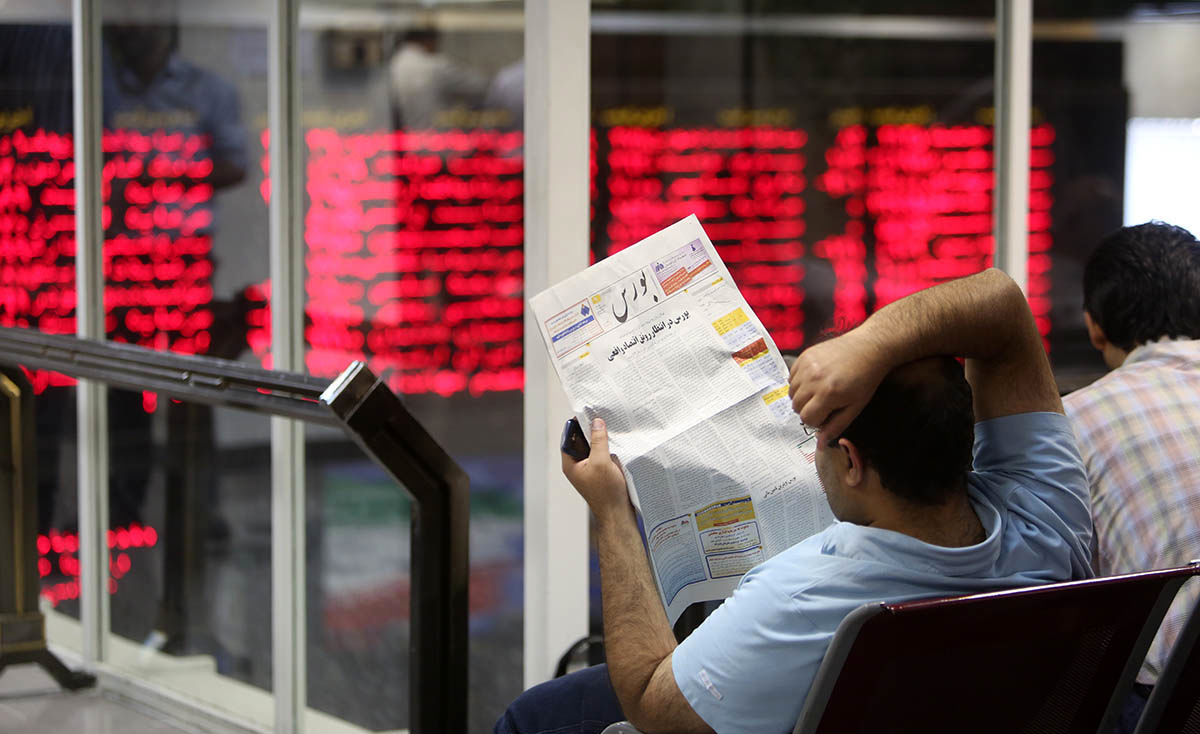The Iranian capital market outperformed all its rival markets in terms of return on investment (ROI) during the first half of the current fiscal year (March 21-Sept. 22).
The parallel markets, namely gold, forex and real estate, lagged behind.
Tehran Stock Exchange’s all-share index TEDPIX gained 8,346.3 points or 10.77% during the six-month period to end at 85,831.8. The index stood at its 45-month high by the end of the sixth month (Aug. 23-Sept. 22).
The smaller over-the-counter Iran Fara Bourse was also up, as its benchmark index IFX jumped 76.91 points or 8.73% to end the period at 957.31. IFX ended H1 at the highest level it had ever been.
The two exchanges gained the most in Shahrivar, the sixth month of the year. TEDPIX soared by 4.2%–the highest monthly rise recorded so far this year, while IFX added 2.2% during the month.
TSE and IFB followed a relatively similar pattern in H1. The first month of the year (started March 21) was uneventful, as stocks made steady gains coming out of the lengthy New Year holidays. The second month (started April 21) was quiet too, save for an upsurge on May 20, as President Hassan Rouhani was reelected.
Bears dominated the market in the third month (started May 22), however, as it coincided with the sluggish holy month of Ramadan alongside lack of positive economic developments.
Bearish sentiment subsided as the first quarter came to a close. TEDPIX and IFX recouped parts of their losses incurred by the end of the fourth month (July 22) on the back of rising global commodity prices and conclusion of most companies’ annual general meetings.
The growth continued into the fifth month (started July 23), as the Central Bank of Iran set a 15% and 10% cap on banks’ annual and fixed interest rates to guide capital from the lenders’ low-risk, high-return vaults to the capital market.
> Sign of Housing Recovery
The housing sector, Iran’s once vastly popular but now dormant investment choice, took second place in terms of return on investment, trumping gold and forex market.
According to CBI’s report titled “Trends in Tehran Housing Market”, the average house price per square meter in the capital was 45,800,000 rials by Sept. 22, indicating a 6.2% growth within the six-month period.
Yet the rising prices were not backed up by actual activity, as the volume of real-estate trade grew by only 2.8% in H1 to 85,200, highlighting the still-lethargic yet slowly recovering state of the sector.
The average house prices in Tehran in Shahrivar increased by 9.7% year-on-year. On a monthly basis, however, prices per square meter rose by only 1.9%.
According to CBI, the price increase can be interpreted as a sign of the key housing sector entering the recovery phase.
A total of 16,749 residential real-estate deals were made in the capital during the sixth months, indicating a 9.2% rise YOY. However, the volume of sales drops by 13.6% when compared on a monthly basis.
> USD, Gold Performance Lackluster
Stocks’ nemesis, the forex market, staged an underwhelming performance, as the US dollar recorded a 3.84% growth against rial for the period. It stood at 37,480 rials on March 21 and followed a phlegmatic trend up to the end of the first quarter (June 21). It grew rather consistently the rest of the way, however, to close H1 at 38,920 rials.
Most of the greenback’s growth took place in the last two months of summer. It was mostly caused by CBI’s interest rate cuts, pushing a section of investors to move their money into the forex market.
In its latest directive, the CBI announced that the scheme allocating $300 to travelers at official rates–which are about 600 rials lower for each dollar compared to open market rates–was abolished as of Sept. 11, again impacting forex rates and demand.
Euro, on the other hand, recorded a much higher rise compared to USD against rial, as it gained 14% during H1 to stand at 46,880 rials on Sept. 22.
The currency started trading at 41,120 on March 21 and kept a rising trajectory with sudden rises occurring at May 18, June 2, July 27 and Sept. 5–each catapulting prices by 2-3%, unanimously followed by a quick correction and resumption of steady upward movement.
Much of Iranian businesses’ transactions are currently done in euros, considering that US secondary sanctions on banking relations with Iran are still in place, barring banks from working with the country in dollars, although official government trade, such as crude exports, are still done in USD.
Gold had a considerably more modest growth in H1. The Azadi Gold Coin started the year at 11,790,000 rials with moderate fluctuations up to late August. It shot up to 12,430,000 on Sept. 3 and gradually lost most of its gains by Sept. 21 to close H1 at 11,970,000 rials—a 1.52% rise for the six months.


